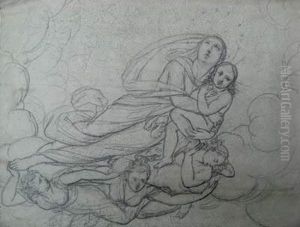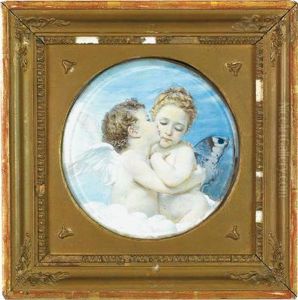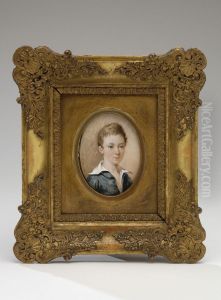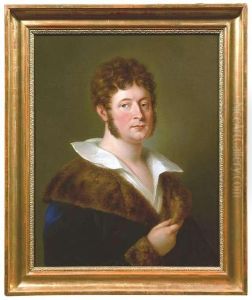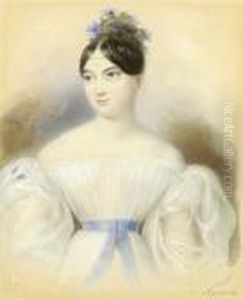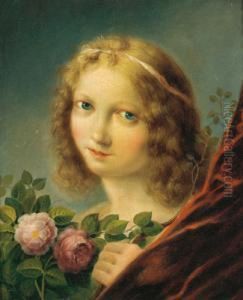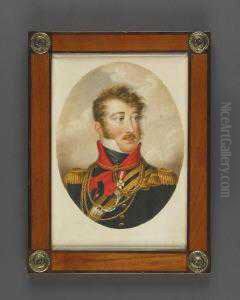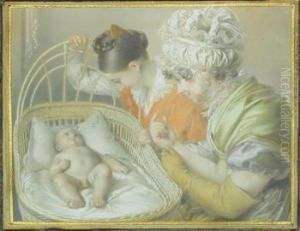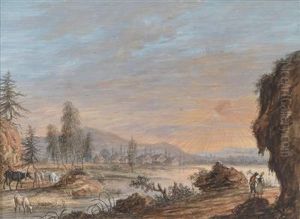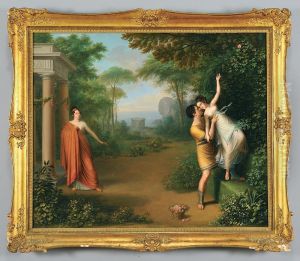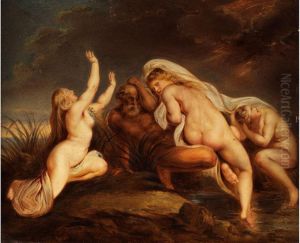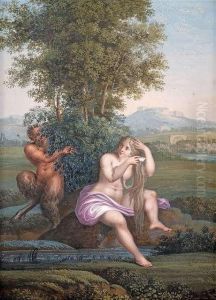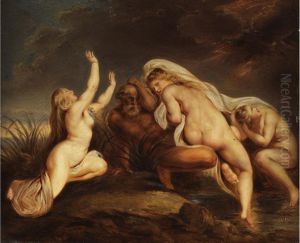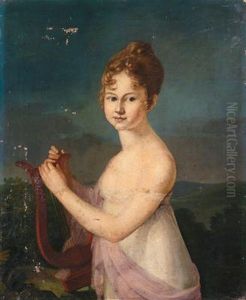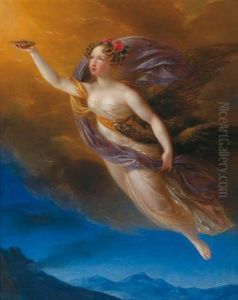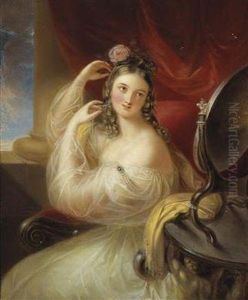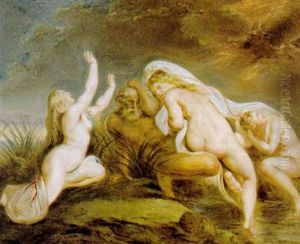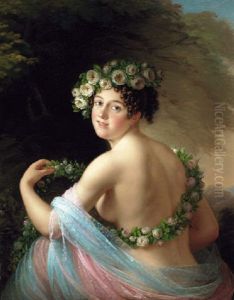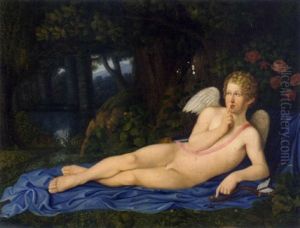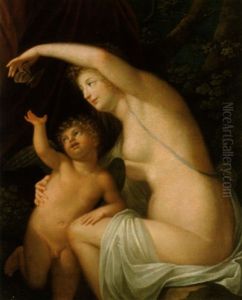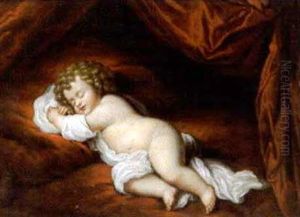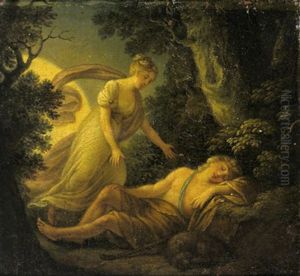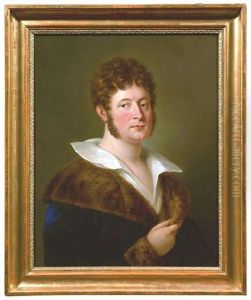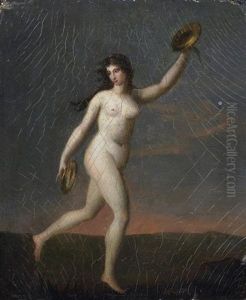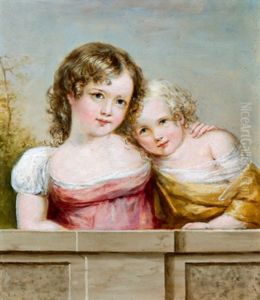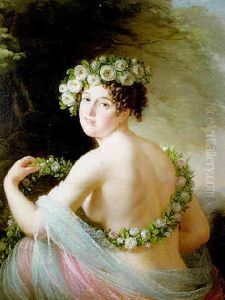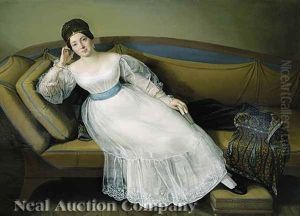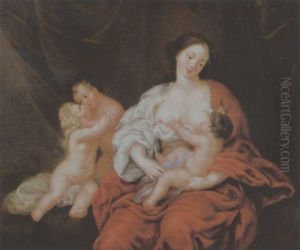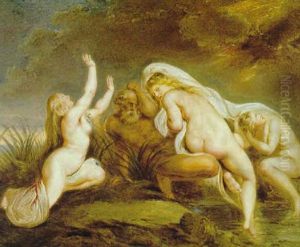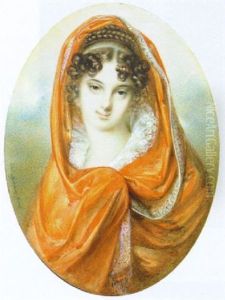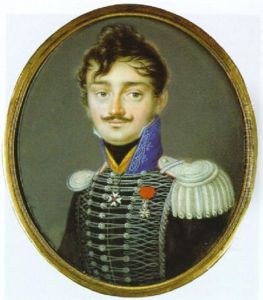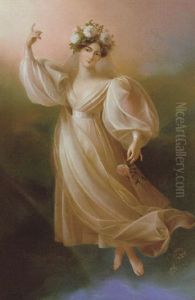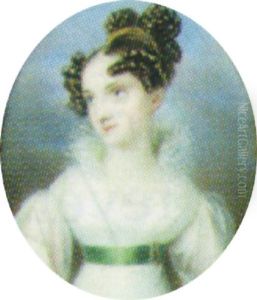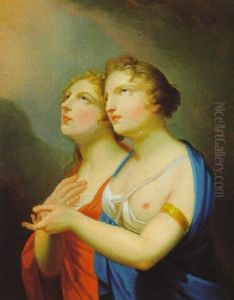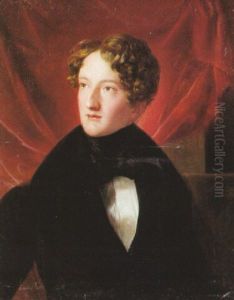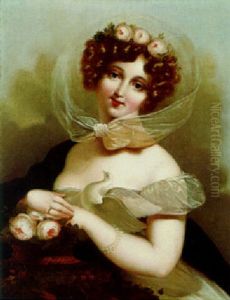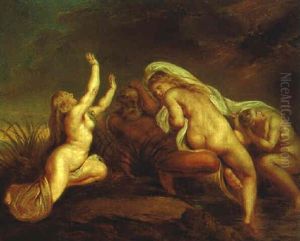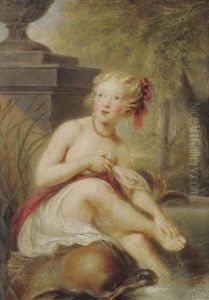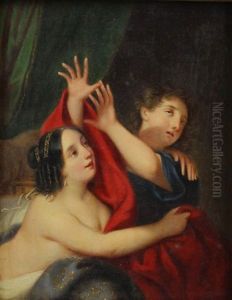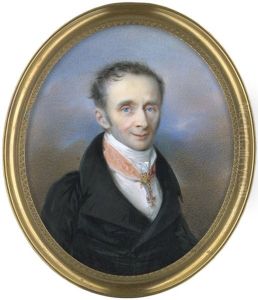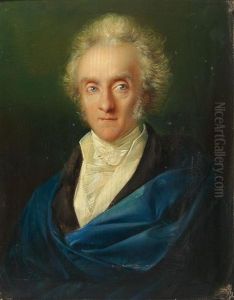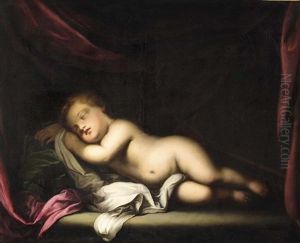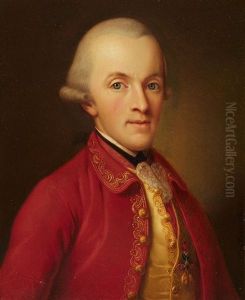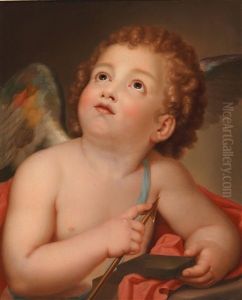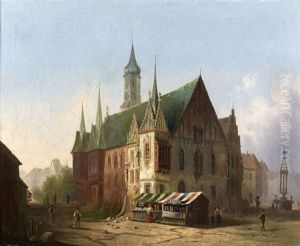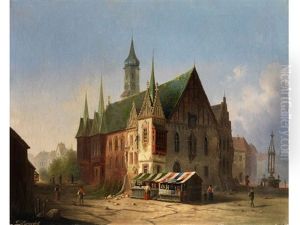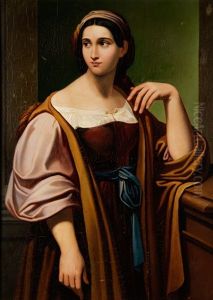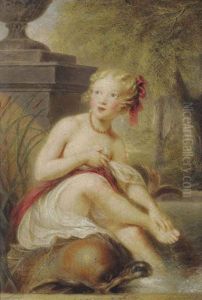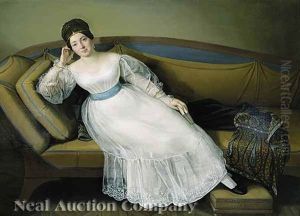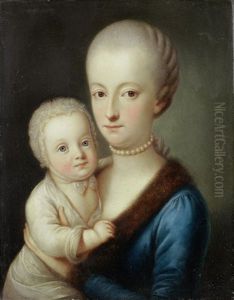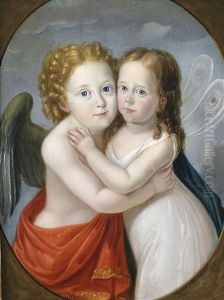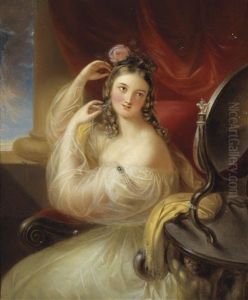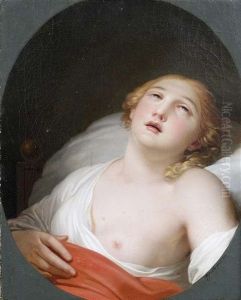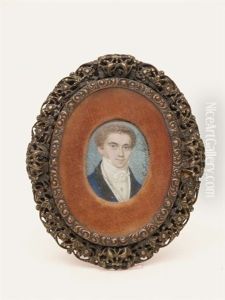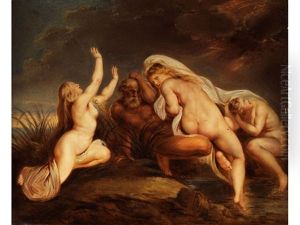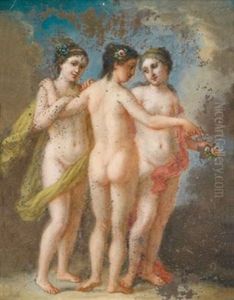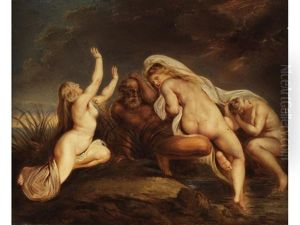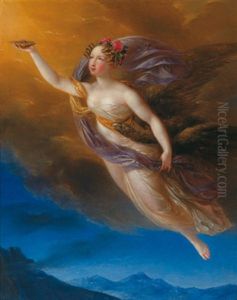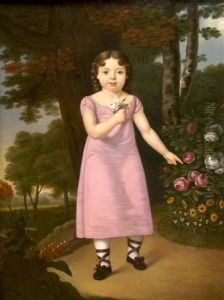Carl Josef Alois Agricola Paintings
Carl Josef Alois Agricola, an Austrian painter and engraver, was born in Saeckingen, Baden (present-day Germany) in 1779 and died in Vienna in 1852. He was a prominent figure in the artistic circles of Vienna during the early 19th century, known for his miniature portraits, allegorical scenes, and landscape paintings. Agricola received his initial art education at the Academy of Fine Arts Vienna, where he was influenced by the Neoclassical style prevalent at the time.
Agricola's career was marked by his exceptional skill in miniature painting, a genre that was highly popular among the European aristocracy during his lifetime. His portraits were celebrated for their detailed execution and psychological depth, qualities that made them highly sought after by the elite of Vienna and beyond. Besides portraits, Agricola also engaged in creating allegorical works and landscapes, demonstrating versatility across different genres.
In addition to his painting, Agricola was accomplished in the art of engraving, contributing to the dissemination of contemporary and classical artworks through his meticulous reproductions. His engravings served not only as a form of artistic expression but also as a means for the wider public to access the visual culture of the time.
Agricola's work is a reflection of the transition from the Neoclassical to the Romantic periods in art, embodying the changing tastes and sensibilities of early 19th-century Europe. Despite his success, many of his works have been lost or remain in private collections, making comprehensive assessments of his oeuvre challenging.
Throughout his career, Agricola was recognized by his peers and patrons for his artistic talent and contribution to the Viennese art scene. Today, his surviving works can be found in museums and galleries across Europe, testament to his enduring legacy in the history of European art.
